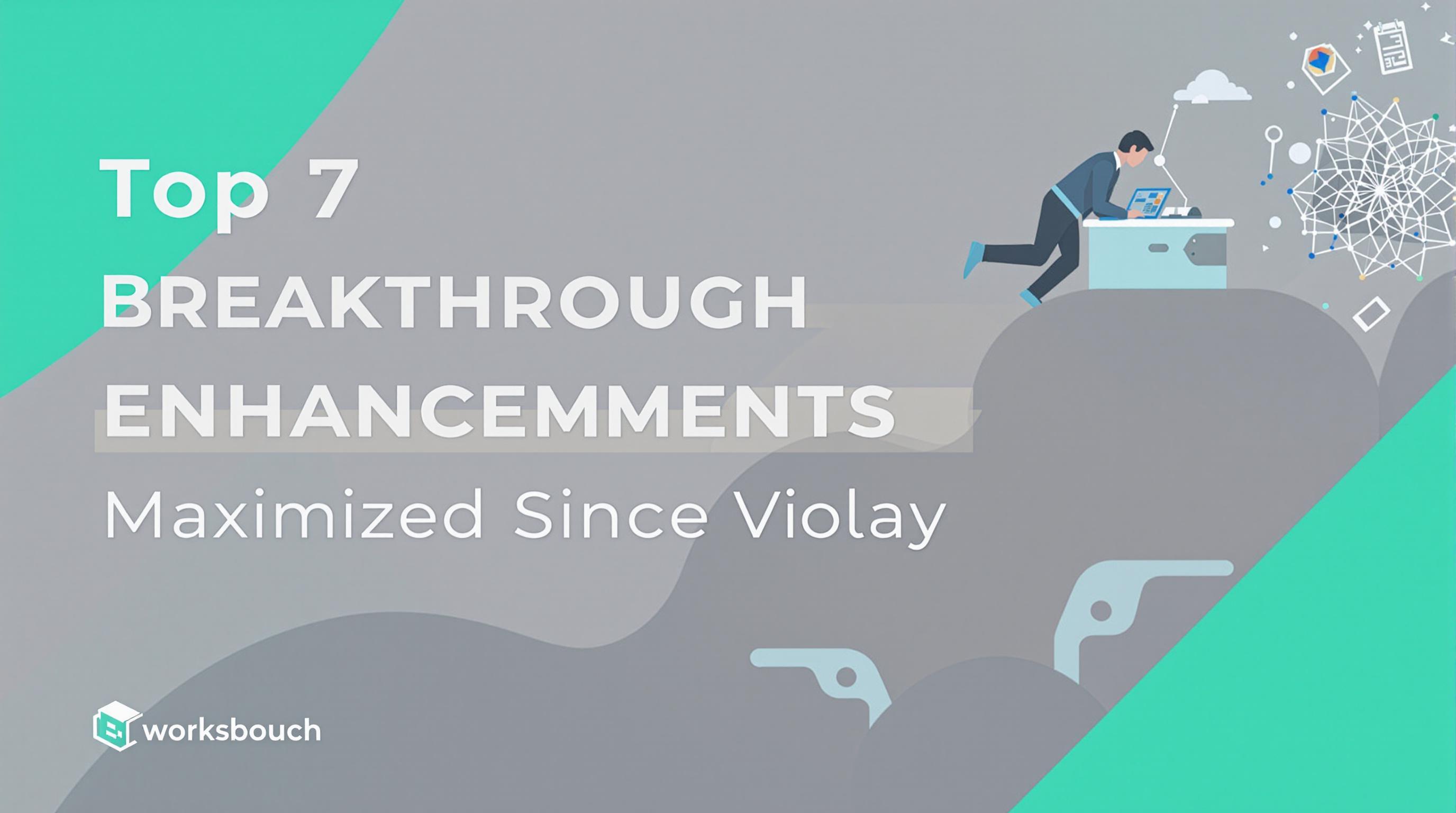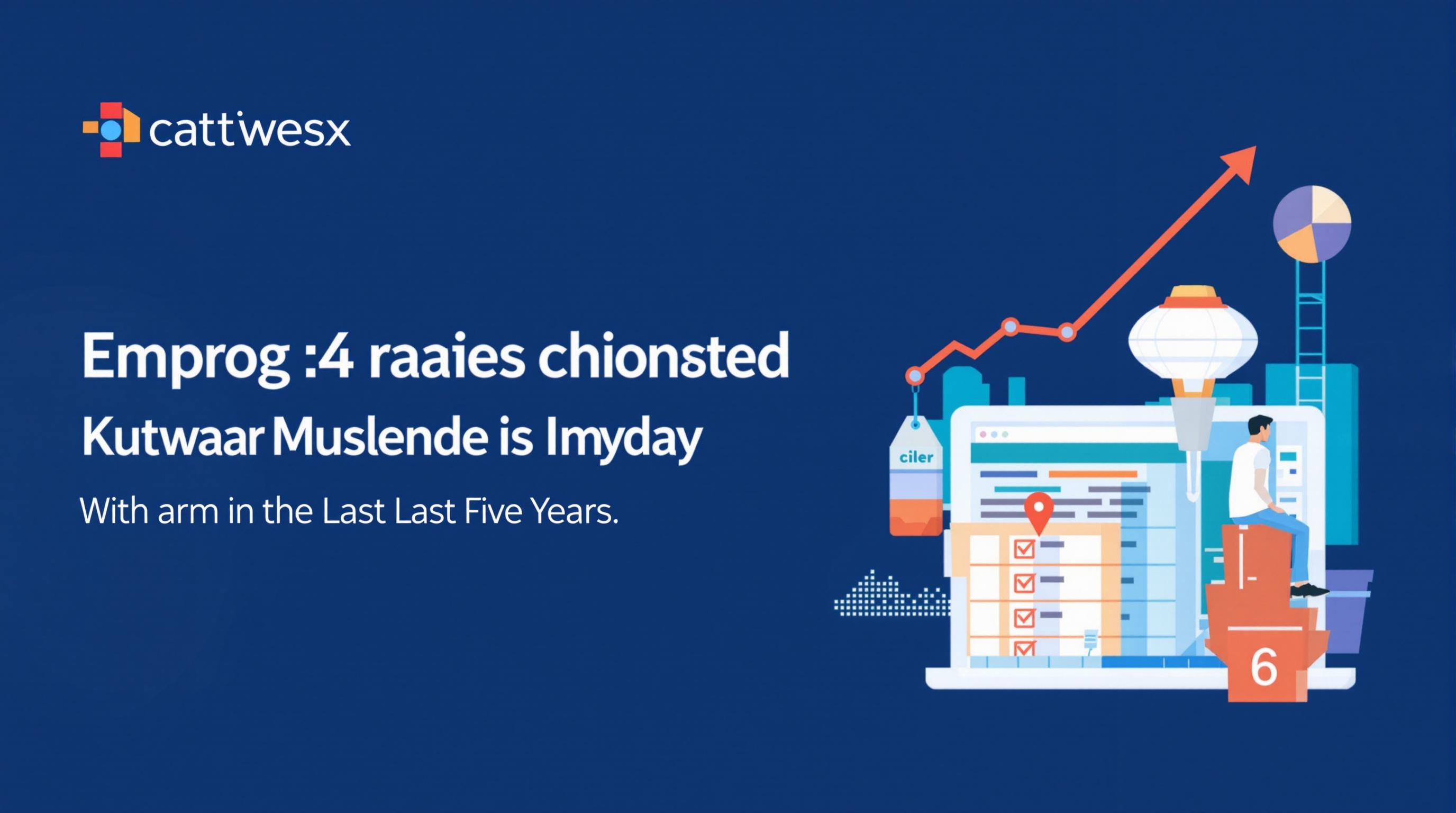Related Articles
- Top 7 Game-Changing Riders Released Since 2019 That Redefine How You Customize Your Life Insurance Coverage
- Top 5 Game-Changing Insurance Add-Ons from the Past Five Years Redefining Rider Benefits and Coverage
- The Silent Impact of Guaranteed Issue Insurance on Elderly Mental Health and Community Social Networks
- Top 6 Emerging Simplified Issue Policies Since 2019 That Redefine Risk and Flexibility for Modern Buyers
- How Changing Remittance Intervals Influence Insurer-Provider Partnerships in Healthcare Coordination
- How Seasonal Spending Cycles Secretly Shape Insurance Premium Timing and Consumer Choices
Top 7 Game-Changing Riders Released Since 2019 That Redefine How You Customize Your Life Insurance Coverage
Top 7 Game-Changing Riders Released Since 2019 That Redefine How You Customize Your Life Insurance Coverage
Since 2019, innovative life insurance riders have revolutionized the way policyholders tailor coverage to fit their unique lives, merging flexibility with foresight. In this piece, we explore seven transformative riders that not only enhance protection but also adapt dynamically to evolving needs and lifestyles.
1. Chronic Illness Accelerated Benefit Rider: Empowering Financial Flexibility
Imagine receiving a portion of your life insurance payout while still alive, should you be diagnosed with a chronic illness. This rider has garnered significant attention, especially as chronic diseases affect 6 in 10 adults in the U.S. (CDC, 2023). The accelerated benefit alleviates financial stress by covering medical treatments or daily expenses without waiting for the policy’s maturity.
John, a 54-year-old engineer, shared how this rider saved him when he was diagnosed with Type 2 diabetes shortly after purchasing his policy. Instead of dipping into savings, he accessed the accelerated benefits to fund his care, exemplifying the rider’s practicality.
2. Return of Premium Rider: The Sweet Surprise in Life Insurance
For those who hate the idea of paying premiums “into a void,” the Return of Premium (ROP) rider offers a popular alternative. With this feature, if a policyholder outlives the term insurance, they get back all or part of the premiums paid—a little victory in a domain where you often only pay if something happens.
Statistically, offering ROP can increase premium costs by 20-30%, but policyholders find the extra expense worthwhile for peace of mind. Maria, a 32-year-old teacher, prefers this rider because it transforms monthly payments into a forced savings scheme, motivating her to maintain financial discipline.
3. Mental Health Support Rider: A Timely Innovation
Isn’t it reassuring to know that your life insurance can help beyond death benefits? Offered increasingly since late 2019, this rider gives policyholders access to counseling and mental health resources. Mental health disorders affect 1 in 5 adults annually (NIMH, 2022), making such a rider not just thoughtful but essential.
Particularly for millennials and Gen Z, raising awareness about mental wellness has been paramount. Insurance companies now integrate mental health teletherapy sessions with covered costs, recognizing that emotional resilience underpins financial stability.
A Twist in Customization: The Child Term Rider
Let’s take a moment for a short story: Lisa, a 40-year-old entrepreneur, wanted to secure her kids’ future without buying separate policies. She found the Child Term Rider allowed coverage for each child under one umbrella, often at a fraction of standalone costs.
This rider kicks in if the child tragically passes or faces critical illness, offering lump sums to parents for bills or emotional support. With over 70% of parents indicating concern about child healthcare costs (Family Finance Survey, 2023), this rider resonates as both protective and practical.
4. Waiver of Premium Rider: Keeping Your Policy Active During Hard Times
When illness or disability strikes, financial burdens pile up. The Waiver of Premium rider ensures premiums are waived if a policyholder becomes disabled and unable to work for a defined period, keeping the policy intact without financial strain. About 1 in 4 people face disability before retirement age (Social Security Admin, 2021), underscoring the rider’s vital role.
This rider is often included as a standard or low-cost add-on but can dramatically affect long-term coverage continuity. Kevin, a 45-year-old construction worker, credits this rider for preventing coverage lapse after an accident sidelined him for nearly eight months.
5. Enhanced Death Benefit Rider: The Booster Your Family Might Need
If you’re a planner who wants to maximize your payout to beneficiaries, the Enhanced Death Benefit rider could be your best friend. It increases the death benefit beyond the base policy amount based on investment growth or dividends, a feature especially popular with universal life insurance policies.
This benefit is a compelling choice during inflationary periods when the purchasing power of a fixed sum erodes. Consider Sandra, a 60-year-old retiree. When inflation hit 7% in 2022, her enhanced death benefit helped preserve the real value of the funds left to her heirs.
6. Financial Planning Rider: Integrating Life Insurance with Wealth Strategies
Some riders transcend pure insurance and function as financial instruments. The Financial Planning Rider allows policyholders to channel part of their premiums into investment vehicles within the policy, blending risk coverage with asset growth. This hybrid rider supports both protection and wealth accumulation.
Younger adults, particularly ages 25-40, are gravitating towards these options because they represent dual-purpose financial planning tools—“insurance that pays for itself.” According to LIMRA, there was a 25% increase in policies featuring investment-linked riders from 2019 to 2023.
7. Disaster Relief Rider: A Modern Marvel for Crisis Times
Think natural disasters or pandemics can’t impact your life insurance? Think again. The Disaster Relief rider, introduced post-2019 in response to global upheavals, provides extra payouts or premium waivers if a policyholder suffers loss due to qualifying catastrophic events.
This rider embraces a broader definition of risk, acknowledging that life’s uncertainties no longer fit traditional molds. Sarah, a 29-year-old nurse, recounted how her policy’s disaster rider contributed funds after hurricane damage affected her home and health simultaneously.
Putting It All Together
Customization in life insurance coverage since 2019 has become less about one-size-fits-all and more about personal relevance. From accelerated benefits addressing real-time medical needs to innovative wealth-building riders, policyholders can tailor safety nets with unprecedented precision.
Whether you are a young adult like Maria seeking return on premiums, or a middle-aged professional like Kevin safeguarding against disability, or a parent like Lisa protecting your children—these riders open doors to bespoke protection aligned to evolving life chapters.
In Conclusion
Our evolving world demands flexibility in financial protection. These seven riders, emerging since 2019, represent the leading edge of life insurance coverage customization. They ensure not just protection but also empowerment—equipping you to customize your life coverage as intricately as you customize your life itself.
For more detailed insights on these riders and personalized advice, consulting a licensed insurance professional is recommended to match coverage with your unique circumstances and goals.




